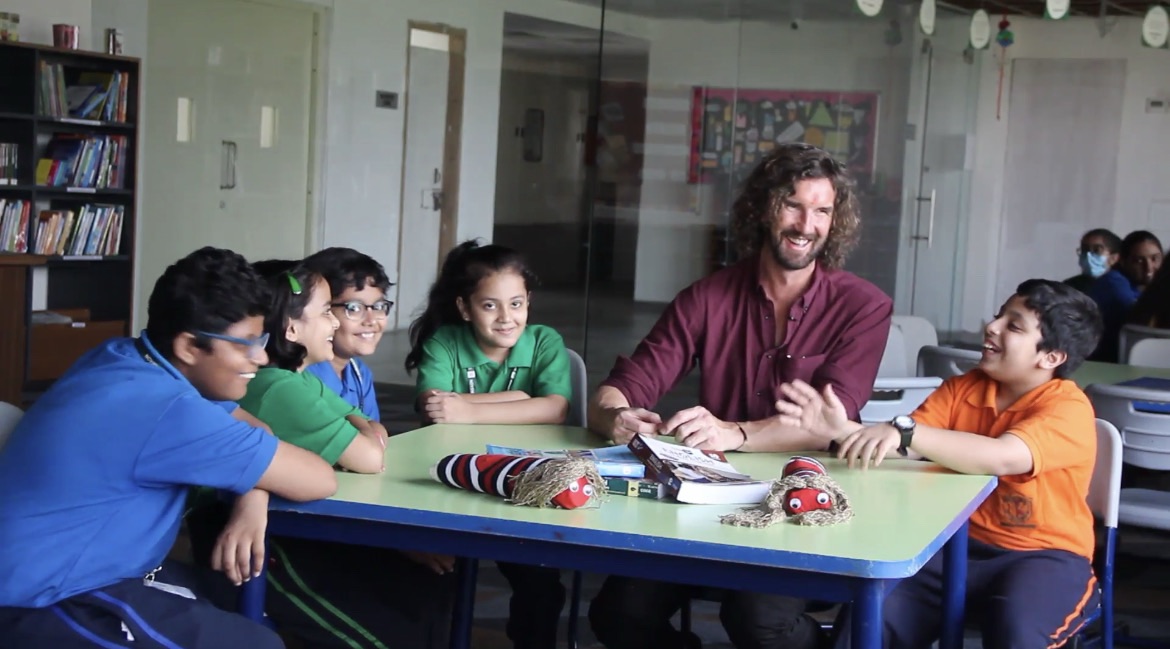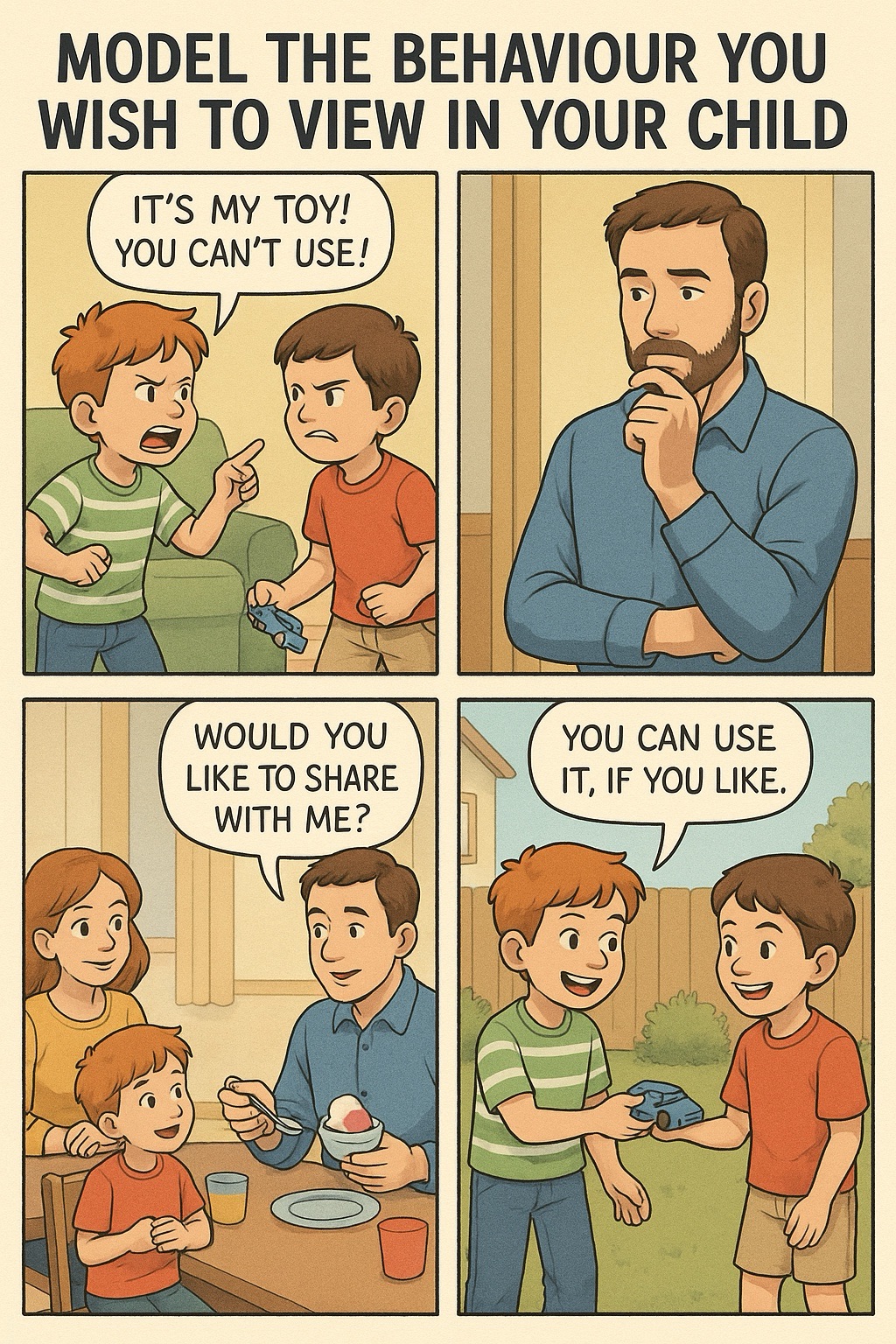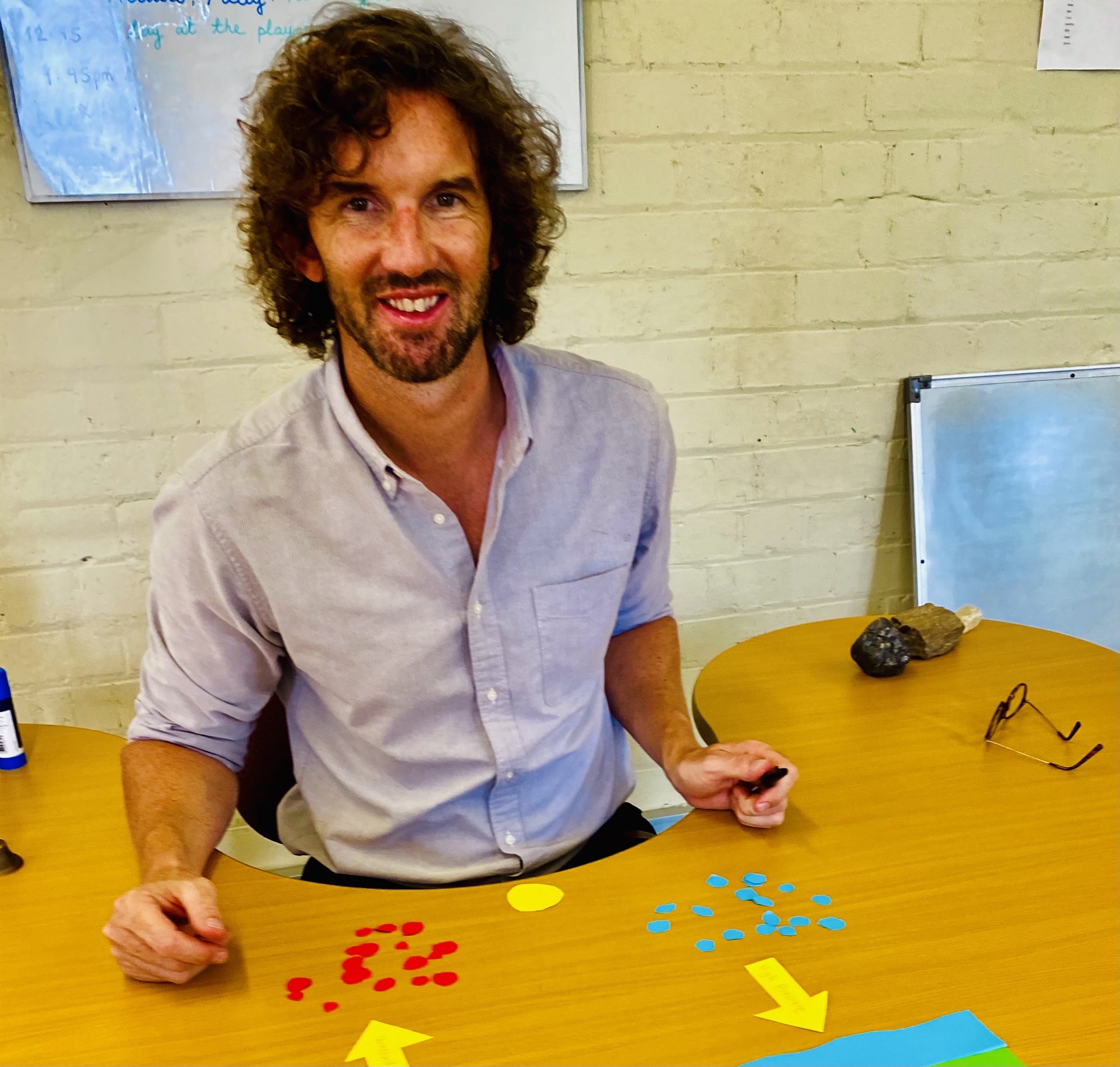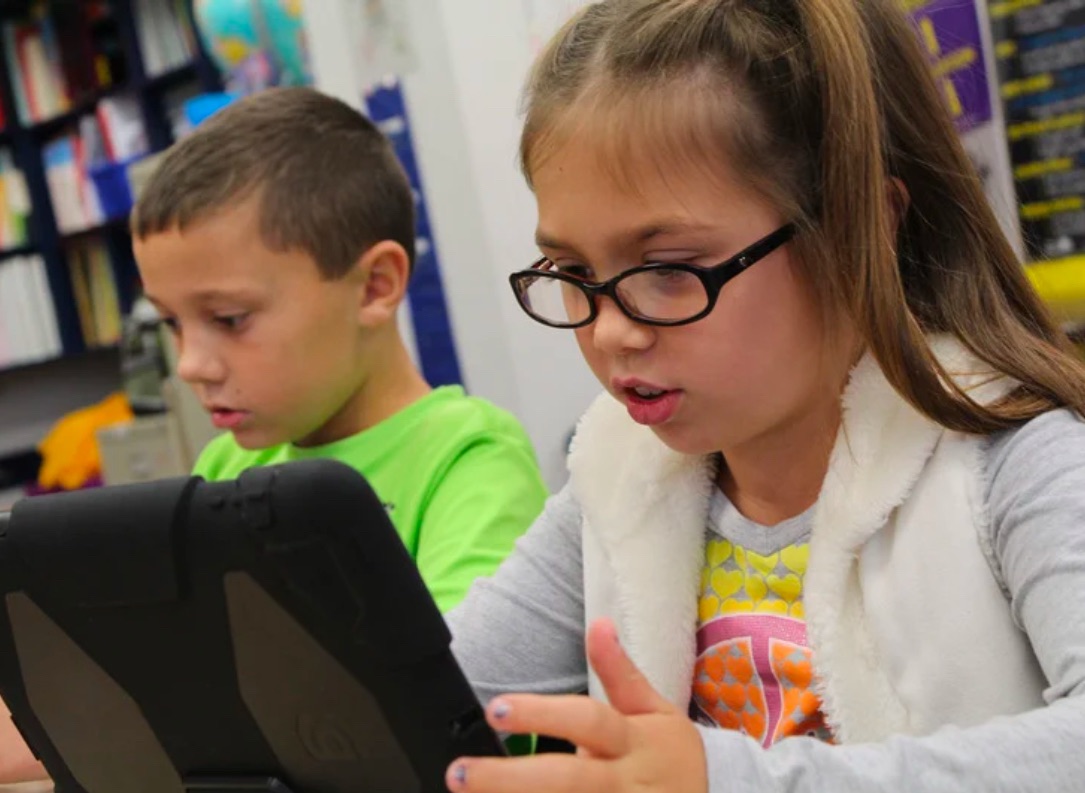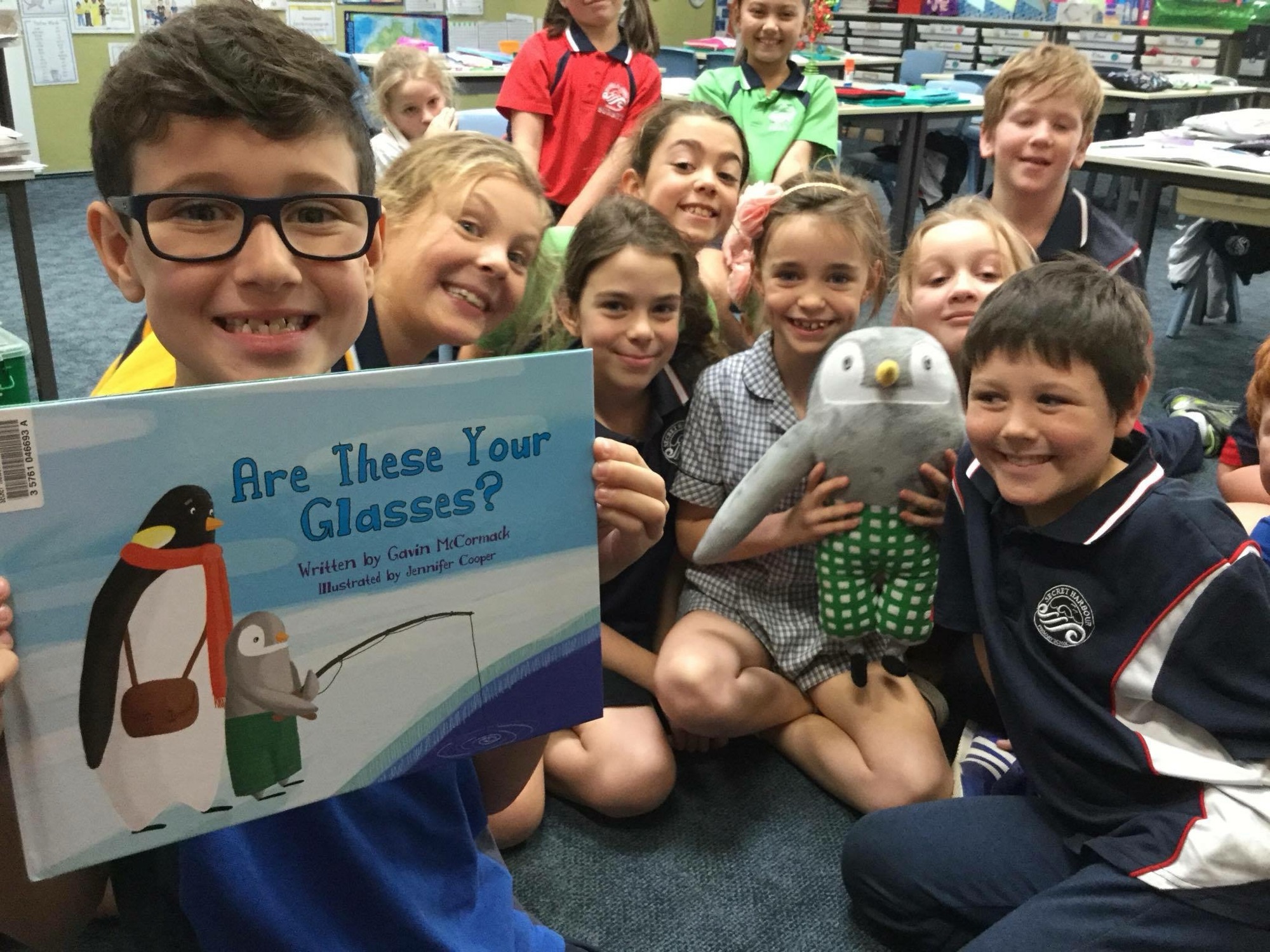In an era defined by climate crises, mass extinction, and social inequality, the role of education has never been more critical. Our classrooms today must evolve beyond traditional academic subjects to empower children with the tools, knowledge, and values needed to restore balance to our planet. Education is no longer just about preparing individuals for careers; it must now equip the next generation to solve complex environmental, social, and economic challenges.
Why Education Needs a Paradigm Shift
The problems facing our planet—deforestation, plastic pollution, climate change, and biodiversity loss—are deeply interconnected. At the core of these issues lies a fundamental imbalance: humanity’s separation from nature. For too long, human progress has been measured by consumption and accumulation rather than sustainability and harmony.
Education can play a transformative role in bridging this gap, fostering a new generation of thinkers, innovators, and leaders who prioritise balance over exploitation. To achieve this, we need to reimagine what education includes, focusing on teaching children not just about the world, but how to live in it responsibly and purposefully.
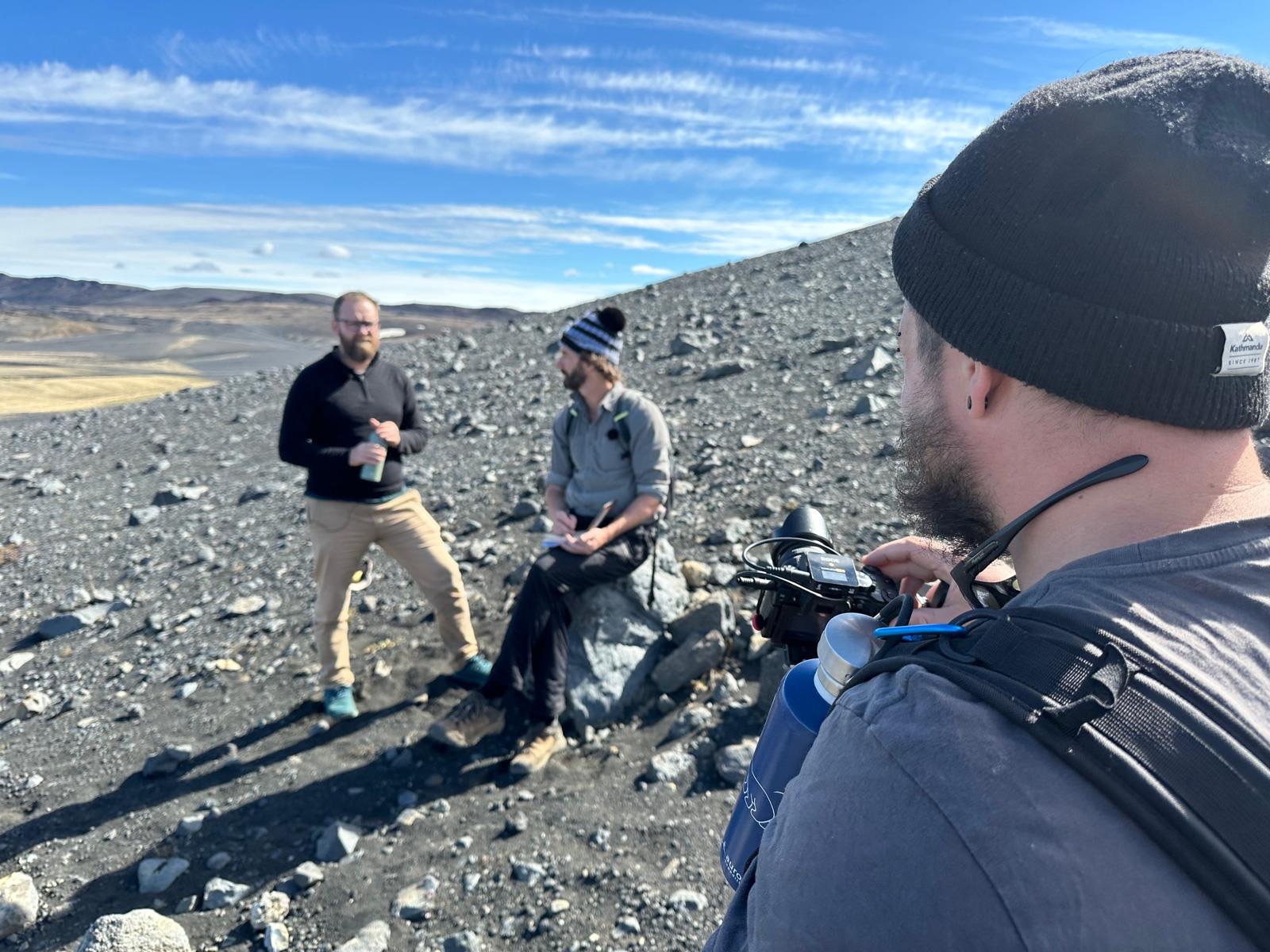
The Core Elements of a Balanced Education
1. Understanding Nature’s Systems
Children must learn how nature operates in harmony. Ecosystems thrive through interconnected relationships where every species plays a role. For instance, wolves in Yellowstone National Park regulate deer populations, which in turn protect vegetation and rivers. Similarly, bees pollinate crops, ensuring food security for humans and animals alike.
What to Teach:
• The food chain and the balance of predator-prey relationships.
• The role of keystone species in maintaining ecosystems.
• How ecosystems self-regulate when left undisturbed.
Goal: To help children see themselves as part of nature, not separate from it, fostering respect and responsibility for its preservation.
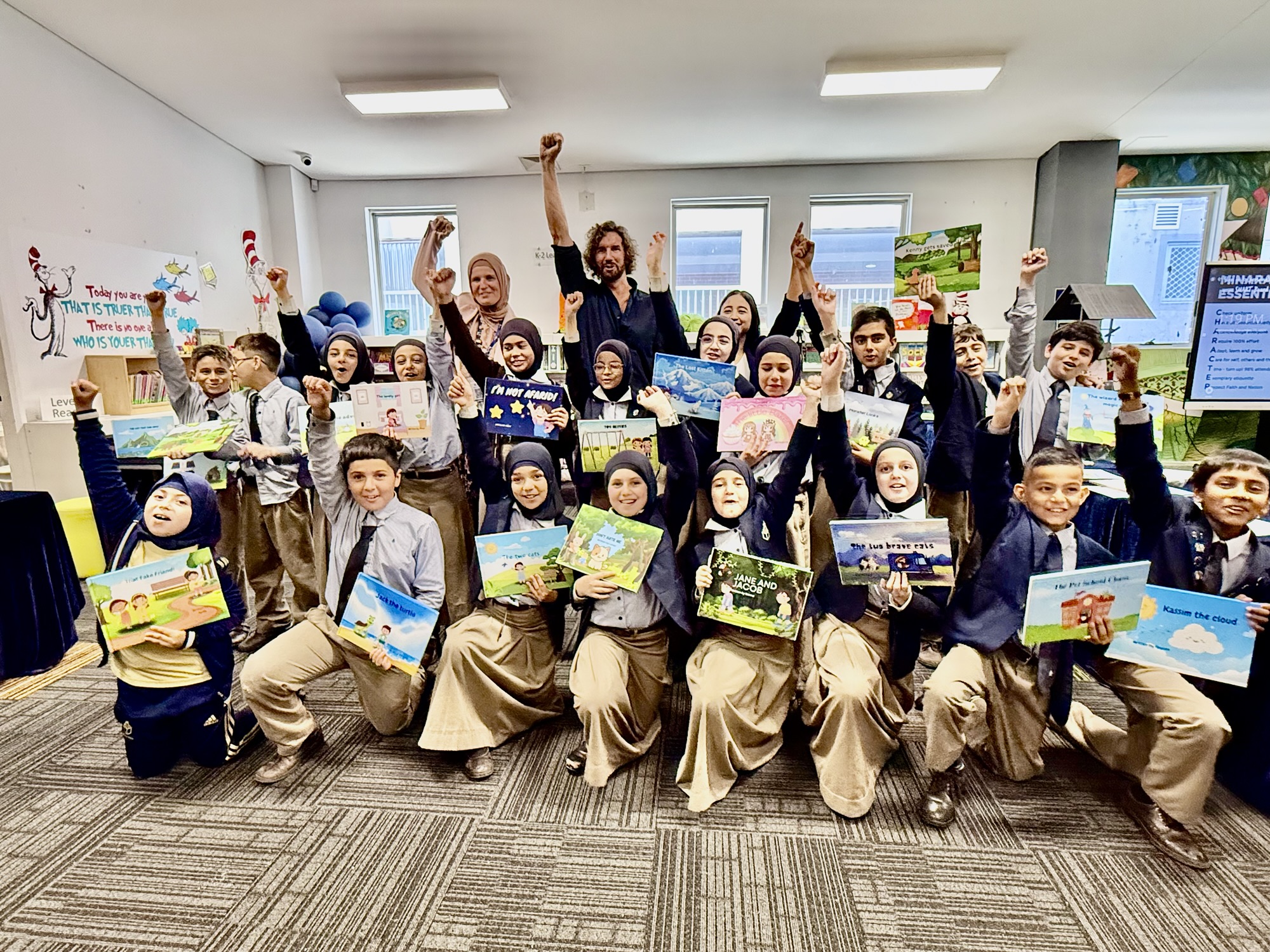
2. A Historical Perspective on Sustainability
History offers valuable lessons about humanity’s relationship with nature. Early humans lived in harmony with the environment, relying on the land for food, shelter, and survival without depleting its resources. The agricultural revolution marked a turning point, introducing ideas of ownership, accumulation, and power—concepts that have since driven environmental degradation.
What to Teach:
• Early human practices of sustainable living.
• The impact of the agricultural and industrial revolutions on ecosystems.
• How modern practices have disrupted natural systems.
Goal: To show students that balance is possible by learning from past mistakes and successes.
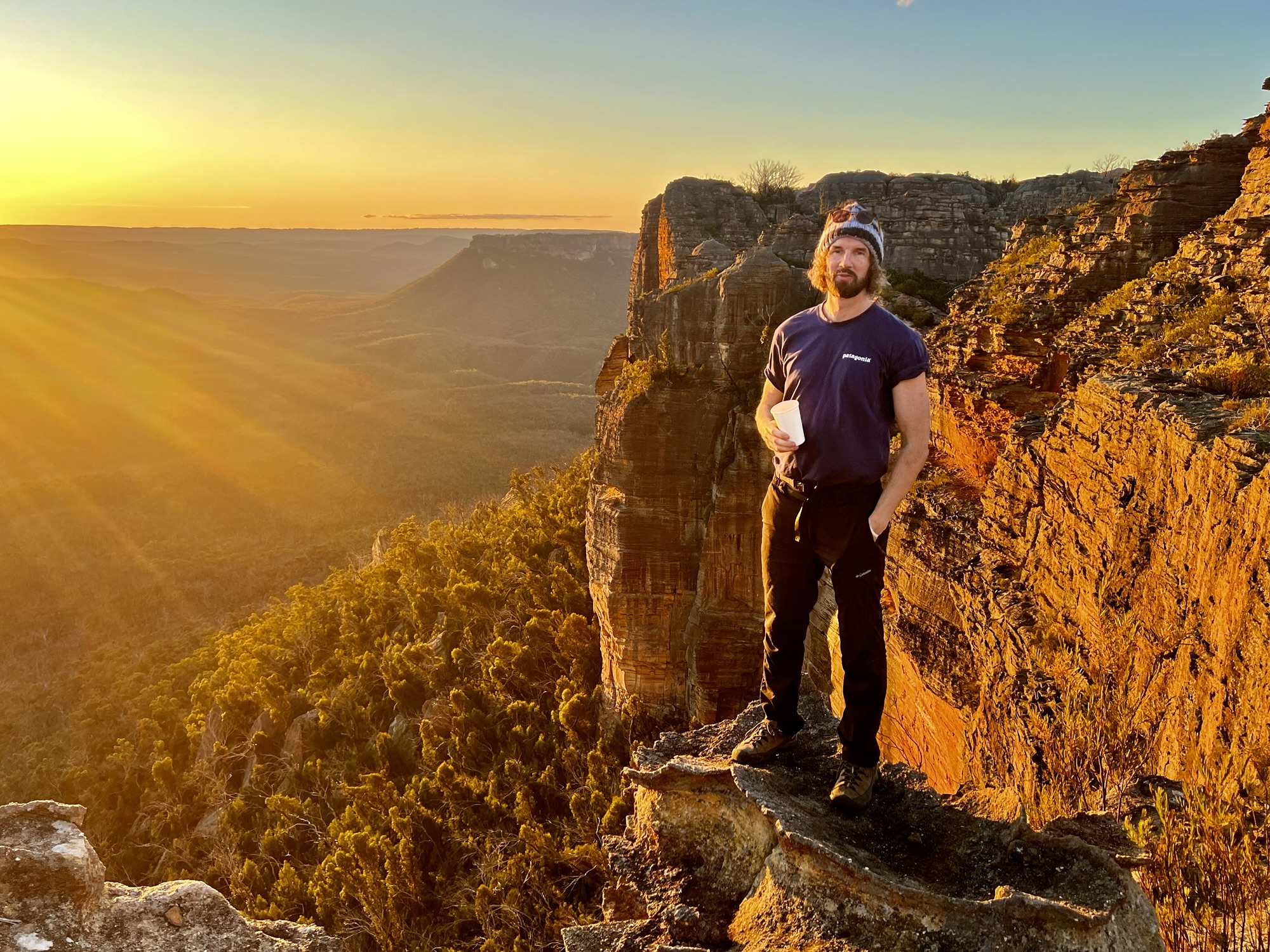
3. The Power of Interdependence
Humanity’s survival depends on recognising the interconnectedness of all living things. From the microorganisms in the soil that grow our food to the whales that regulate marine ecosystems, every living being has a role in maintaining balance.
What to Teach:
• Case studies of interdependence, like coral reefs or rainforests.
• How human actions disrupt these systems (e.g., deforestation or overfishing).
• The ripple effects of small changes, such as conserving water or reducing waste.
Goal: To instill a sense of global responsibility and awareness of how individual actions impact the planet.
4. Redefining Success and Purpose
For decades, education has prioritised material success—grades, jobs, and wealth—over meaning and purpose. A balanced future requires a shift in values, encouraging students to define success by the positive impact they have on others and the planet.

What to Teach:
• Stories of individuals and communities prioritising sustainability over profit (e.g., Yvon Chouinard, founder of Patagonia).
• The value of collaboration, empathy, and compassion in leadership.
• Reflection activities that help students explore their personal purpose.
Goal: To empower students to see their potential to make a meaningful difference in the world.
5. Creativity and Problem-Solving for Sustainability
The challenges facing our planet require innovative thinking. Creativity, coupled with a deep understanding of sustainability, can lead to groundbreaking solutions—from renewable energy technologies to biodegradable materials and rewilding projects.
What to Teach:
• Design thinking and creative problem-solving.
• Real-world projects, like building compost systems or designing eco-friendly products.
• The importance of trial and error in innovation.
Goal: To equip students with the confidence and skills to address environmental challenges creatively.
Building a Values-Driven Curriculum
At the heart of this reimagined education is a focus on values: empathy, resilience, self-efficacy, and responsibility. These qualities are the foundation for children to not only care about the planet but to take active steps to protect it.
Empathy: Understanding and valuing the lives of other species fosters a deep connection to the natural world.
Resilience: Learning to embrace failure and persist through challenges prepares students to tackle complex problems.
Self-Efficacy: Believing in one’s ability to make a difference empowers children to take action.
Responsibility: Instilling a sense of stewardship ensures that decisions are made with future generations in mind.
What Does a Balanced Education Look Like?
Imagine a classroom where children learn about climate change not just through textbooks but by growing their own food in school gardens. Picture students calculating carbon footprints in math class or writing persuasive essays to local governments about sustainability policies.
This education is hands-on, cross-disciplinary, and deeply connected to real-world problems. It challenges students to think critically, act creatively, and work collaboratively to build solutions.
The Role of Teachers, Parents, and Communities
The shift to a balanced education requires collaboration between educators, families, and communities. Teachers must be equipped with resources and training to incorporate sustainability into every subject. Parents can reinforce these lessons at home by modelling sustainable behaviours. Communities can provide opportunities for students to engage in conservation projects, internships, and advocacy.
A Call to Action: Rewriting the Future
The future of our planet depends on the education we provide today. By teaching children to understand, respect, and protect the natural world, we are planting the seeds for a balanced and sustainable tomorrow. Education is the most powerful tool we have to rewrite the story of humanity’s relationship with the Earth.
If we can inspire a generation to see themselves not as conquerors of nature but as caretakers of its balance, then there is hope. Together, we can create a future where humanity thrives in harmony with the planet—because the lesson of balance is not just nature’s; it is ours to learn.


